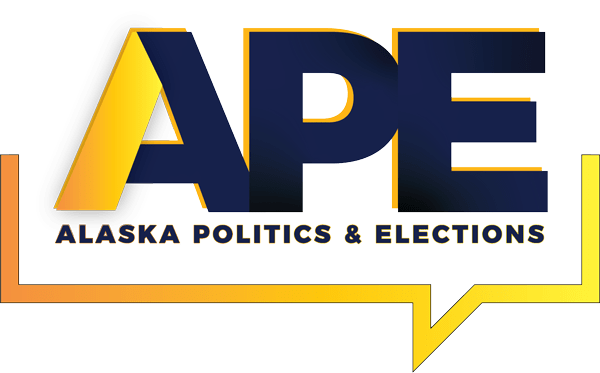1. There are four North Poles. The terrestrial North Pole is a fixed geographic point that’s diametrically opposed to the terrestrial South Pole on our planet’s axis of rotation; it’s the top of the spinning top that’s Earth.
9. Auroras are cool, but if you want to have some real fun, position yourself at the magnetic North Pole with a compass. If you hold the compass horizontal, the needle will do one of three things: point to the same spot as the last time you used it, spin slowly before stopping at a random point or point to anything magnetic that you happen to be wearing.
13. Staking out a different kind of property claim, a Russian submarine planted that nation’s flag at the bottom of the Arctic Ocean, at the terrestrial North Pole, in 2007.
14. The Russians may have planted a flag, but American submariners got there first: The USS Nautilus did a polar drive-by in 1958.
17. When he arrived, Peary made the bold decree that he’d “formally taken possession of the entire region, and adjacent,” for the United States. It didn’t stick. A century later, what country owns which piece of the Arctic is still a contentious issue.
18. This new cold war is all about trade and resources: According to a 2008 study by the U.S. Geologic Survey, the Arctic has 20 percent of the planet’s undiscovered and recoverable oil and natural gas deposits.
19. Most of the oil and gas deposits are likely within 200-nautical-mile exclusive economic zones belonging to countries with Arctic coasts. Analysts believe the seabed at the actual terrestrial North Pole — located some 2.5 miles beneath the waves — is probably bereft of resources.
See All Twenty at DiscoverMagazine.com
image credit discoverymagazine.com











